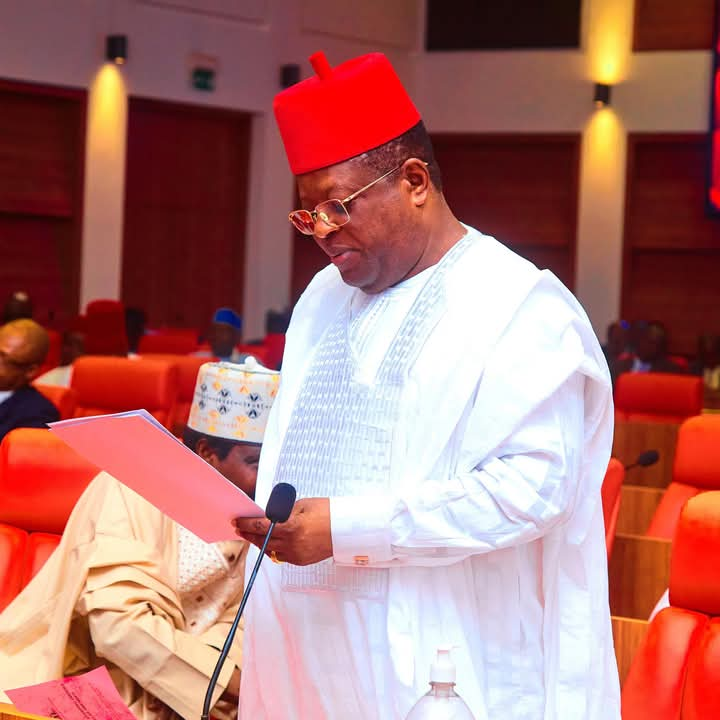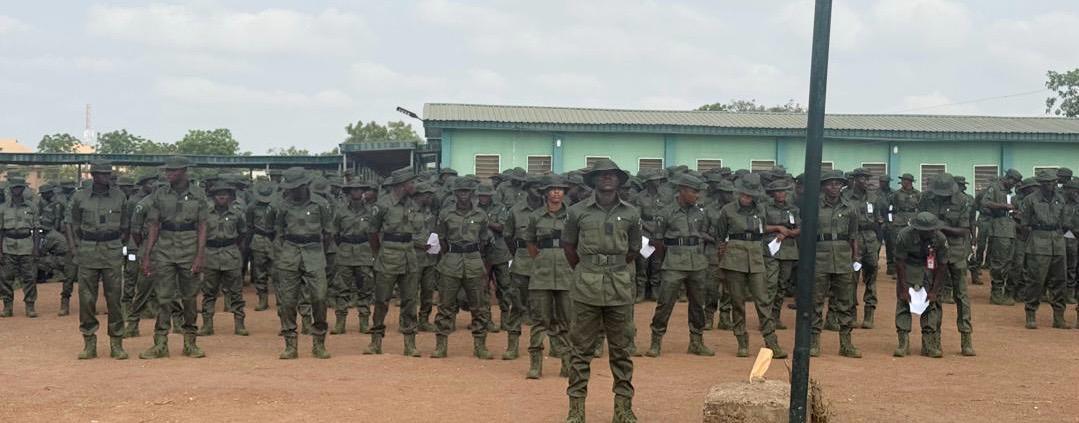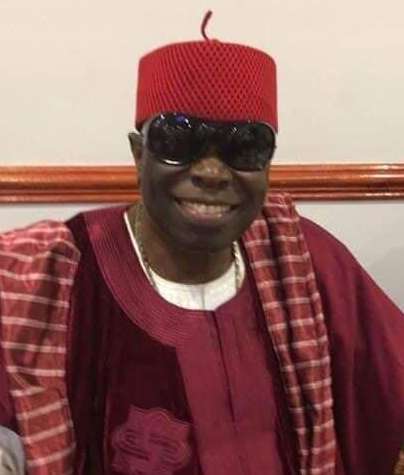Open Letter to the Honourable Minister of Works, Senator David Umahi. By Chidi Ekeh

Open Letter to the Honourable Minister of Works, Senator David Umahi

Dear Honourable Minister,
Subject: A Critical Review of the Lagos-Calabar Coastal Highway Design and Funding Challenges, with Recommendations for Strategic Realignment
I write with deep respect for your expertise as a civil engineer and your commitment to advancing Nigeria’s infrastructure under President Bola Tinubu’s Renewed Hope Agenda. As a concerned citizen and advocate for sustainable development, I wish to offer a critical analysis of the ongoing Lagos-Calabar Coastal Highway project, focusing on its design, funding constraints, and the significant civil engineering challenges posed by the Niger Delta section. My intent is to propose a pragmatic redesign that aligns the highway with the existing East-West Road at the Warri axis, while addressing the fiscal trade-offs that divert critical funds from health, education, and other pressing national needs. This letter, intended for publication in a national newspaper, aims to foster constructive dialogue and inform public discourse.
1. Overview of the Lagos-Calabar Coastal Highway
The 700km Lagos-Calabar Coastal Highway is an ambitious project, poised to connect Lagos to Cross River through nine coastal states, integrating key economic hubs such as the Lekki Free Trade Zone, Dangote Refinery, and Lekki Deep Sea Port. With an estimated cost of N15.36 trillion (approximately $13 billion), it is Nigeria’s most extensive transport infrastructure endeavor since independence. The project, executed by Hitech Construction Company Ltd. under an Engineering, Procurement, and Construction (EPC) framework with a Public-Private Partnership (PPP) model, promises significant economic benefits, including job creation, enhanced trade, and tourism development.

However, the project’s scale and cost raise concerns about its feasibility within Nigeria’s constrained fiscal environment. The 2024 federal budget allocated only N1 billion for the highway, a fraction of the N2.6 trillion approved so far, highlighting a significant funding gap. Moreover, the project’s timeline, extending beyond President Tinubu’s first term, competes with urgent national priorities such as healthcare and education, which are critically underfunded.
2. Funding Paucity and National Needs
Nigeria faces a burgeoning national need amidst limited resources. The 2024 budget deficit stands at N9 trillion, dwarfed by the coastal highway’s N15.36 trillion price tag. This allocation strain is evident when juxtaposed against the health and education sectors. For instance, the 2024 health budget is approximately N1.23 trillion, yet the sector struggles with over 18,700 cholera cases reported in 2024, underscoring the need for robust public health infrastructure. Similarly, education, allocated N1.08 trillion in 2024, faces a crisis with 10.5 million out-of-school children and dilapidated school facilities.
The opportunity cost of the coastal highway is stark. The N4.2 trillion approved for major road and bridge projects in 2025, including N1.3 trillion for the highway’s second phase, could fund transformative interventions in health (e.g., equipping 500 primary healthcare centers at N8 billion each) or education (e.g., constructing 10,000 classrooms at N400 million each). While infrastructure is vital for economic growth, the prioritization of a single megaproject over human capital development risks exacerbating Nigeria’s socio-economic challenges.

3. Civil Engineering Challenges in the Niger Delta Section
The Niger Delta section of the coastal highway presents formidable civil engineering challenges, particularly due to the region’s complex geotechnical and hydrological conditions. The terrain, characterized by mangroves, marshy soils, floodplains, and tidal influences, demands extensive site investigations, including borehole drilling and cone penetration tests (CPT), to determine soil bearing capacity and settlement risks. The soft, organic soils prevalent in the Niger Delta often require deep foundation systems, such as driven piles or caissons, to transfer loads to competent strata, significantly increasing construction costs.
The most daunting task is the proliferation of bridges required to navigate the region’s intricate network of rivers, creeks, and estuaries. Preliminary estimates suggest that the Niger Delta section could necessitate dozens of bridges, ranging from short-span structures to major crossings over rivers like the Nun and Forcados. Each bridge involves intricate structural design, considering dynamic loads, scour risks, and seismic factors, even in Nigeria’s low-seismicity zone. For context, the 7th Axial Road, a 50km evacuation corridor linked to the Lekki Deep Sea Port, includes 5km of bridges and is funded by a $651.7 million China Exim Bank facility. Scaling this to the coastal highway’s Niger Delta section, which may require 20–30km of bridgeworks, could conservatively cost $2–3 billion, assuming a cost of $100 million per kilometer for elevated structures.
These bridges demand reinforced concrete or steel superstructures, with substructures anchored in challenging soil conditions. The construction process involves cofferdams, dewatering, and pile-driving, all of which are labor- and capital-intensive. Moreover, environmental considerations, such as mitigating erosion and preserving mangrove ecosystems, necessitate costly measures like geotextile reinforcements and hydraulic modeling. The cumulative cost of these bridges could consume a significant portion of the project’s budget, diverting funds from other critical infrastructure or social services.
4. Recommendation: Realign the Coastal Highway to Meet the East-West Road at Warri
To optimize resources and enhance project viability, I respectfully urge a strategic redesign of the coastal highway to converge with the East-West Road at the Warri axis in Delta State. The East-West Road, stretching from Warri to Calabar, is a pre-existing federal highway that serves similar connectivity goals, linking the Niger Delta to the Southeast and South-South regions. President Tinubu has already awarded its reconstruction to the China Civil Engineering Construction Corporation (CCECC), with emergency repairs underway on critical sections like Warri-Benin.
Realigning the coastal highway to meet the East-West Road at Warri offers several advantages:
Cost Efficiency: By leveraging the existing East-West Road corridor, the need for new alignments through the Niger Delta’s challenging terrain is reduced, minimizing land acquisition costs, environmental mitigation, and bridge construction. For instance, the East-West Road already crosses major rivers, reducing the need for additional bridgeworks beyond rehabilitation.
Reduced Geotechnical Risks: The East-West Road’s alignment has been tested over decades, with established pavement designs suited to the region’s soil conditions. This contrasts with the coastal highway’s greenfield route, which requires extensive ground improvement techniques like surcharging or vibro-compaction.
Fiscal Prudence: Redirecting funds from the Niger Delta’s bridge-intensive section could save $2–3 billion, which could be reallocated to health (e.g., upgrading 250 hospitals at N8 billion each) or education (e.g., training 500,000 teachers at N4 million each).
Enhanced Connectivity: Warri is a strategic hub, connecting the Niger Delta’s oil and gas infrastructure to Lagos and the Southeast. Integrating the coastal highway with the East-West Road at Warri ensures seamless access to economic zones like the Lekki Free Trade Zone while maintaining the project’s regional integration goals.
5. Addressing Stakeholder Concerns
The proposed realignment may face resistance from stakeholders expecting the coastal highway to traverse specific coastal communities. To mitigate this, I recommend robust stakeholder engagement, including public consultations and transparent communication of the redesign’s economic and social benefits. Compensation for affected property owners, as approved by President Tinubu, should be expedited to maintain public trust. Additionally, the PPP model can be strengthened by attracting multilateral funding from institutions like the African Development Bank, which has endorsed similar infrastructure projects.
6. Conclusion
Honorable Minister, your leadership in delivering transformative infrastructure is commendable, and the Lagos-Calabar Coastal Highway holds immense potential to reshape Nigeria’s economic landscape. However, the project’s fiscal demands and the civil engineering complexities of the Niger Delta section necessitate a strategic rethink. By realigning the highway to meet the East-West Road at Warri, the government can achieve cost savings, reduce geotechnical risks, and prioritize funds for health and education, aligning with the broader needs of Nigerians.
I urge you to consider this proposal and initiate a technical review to assess its feasibility. Your expertise as a civil engineer positions you uniquely to balance ambition with pragmatism, ensuring that Nigeria’s infrastructure legacy serves both present and future generations. I trust that this open letter will spark constructive dialogue and inspire action that reflects the Renewed Hope Agenda’s commitment to inclusive development.
Yours sincerely,
Chidiebere Ekeh
chidodo11@gmail.com




